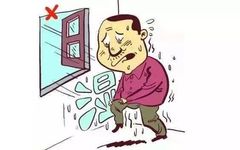
We can distinguish different types of phlegm-dampness based on various tongue appearances and clinical symptoms, and apply different formulas for treatment.
1. Spleen Qi Deficiency with Dampness. The tongue appearance of these patients shows: the edges of the tongue are marked with teeth indentations, and the tongue surface is white and slippery.
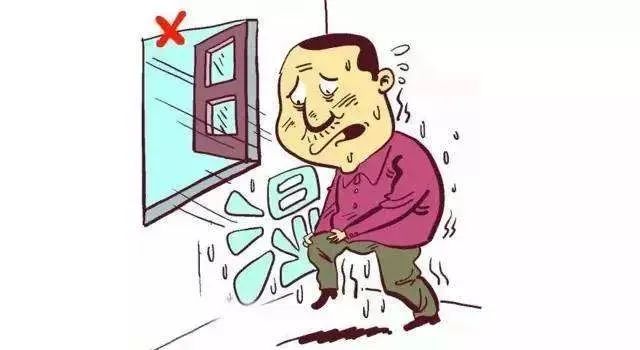
This indicates that the teeth marks represent a deficiency of Qi in the Spleen and Stomach. When the Spleen and Stomach Qi is deficient, the transformation and transportation of fluids are impaired, leading to a swollen tongue that presses against the teeth, resulting in indentations.
Additionally, the white, thick, and greasy tongue coating suggests the presence of phlegm-dampness. Individuals with this condition may experience bloating, vomiting, or diarrhea after consuming cold or greasy foods, indicating an excess of phlegm-dampness due to Spleen deficiency.
This type of phlegm-dampness arises from the Spleen and Stomach’s inability to transform food, leading to the accumulation of fluids and phlegm. Therefore, it is necessary to tonify the Spleen, strengthen the Stomach, and resolve phlegm. We can use Chen Pi Liu Jun Zi Tang (Six Gentlemen Decoction with Aged Tangerine Peel) for modification.
2. Lung and Spleen Qi Deficiency Type. In this case, the tongue coating is white, thick, and greasy, with a depression in the middle front part of the tongue.
The middle front part of the tongue reflects the Lung and Spleen. A depression in this area indicates a deficiency of Qi in both the Lung and Spleen.
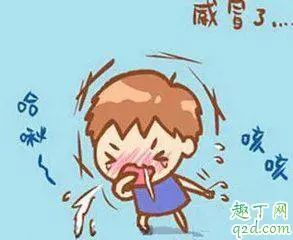
At this point, the Spleen’s inability to transform dampness leads to the accumulation of phlegm in the Lung, affecting its ability to disseminate and descend Qi. Over time, this results in a deficiency of both the Lung and Spleen.
Patients may experience symptoms such as chest tightness, shortness of breath, cough, wheezing, and excessive white phlegm.
In such cases, it is essential to harmonize the Lung and Spleen while also resolving dampness and phlegm. We can use Shen Ling Bai Zhu San (Ginseng and Poria Powder) for treatment.
3. Spleen and Kidney Qi Deficiency with Phlegm-Dampness Obstruction. These patients exhibit a pale white tongue with a swollen body and teeth marks, along with a white, thick, and greasy tongue coating.
This indicates that a swollen tongue and pale color suggest Qi deficiency. Patients often feel cold, are sensitive to wind, easily catch colds, have cold extremities, and experience lower back and knee coldness, increased urination, and lower limb edema.
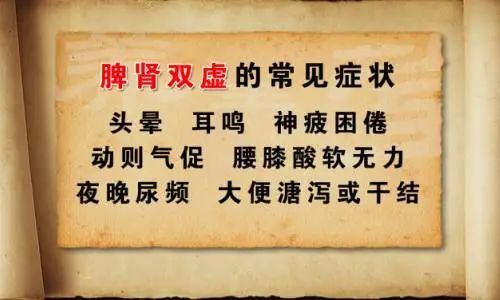
This condition arises from a deficiency of Spleen Yang leading to a deficiency of Kidney Yang, weakening the Kidney’s ability to transform and vaporize fluids, resulting in the obstruction of phlegm-dampness.
In such cases, we need to harmonize both the Spleen and Kidney, while also nourishing the Liver and Kidney and drying dampness to resolve phlegm. We can use Shen Qi Wan (Spleen and Kidney Support Pill) and Er Chen Wan (Two Aged Pill) for modification.
If you have any questions, please feel free to consult, learn, and communicate.
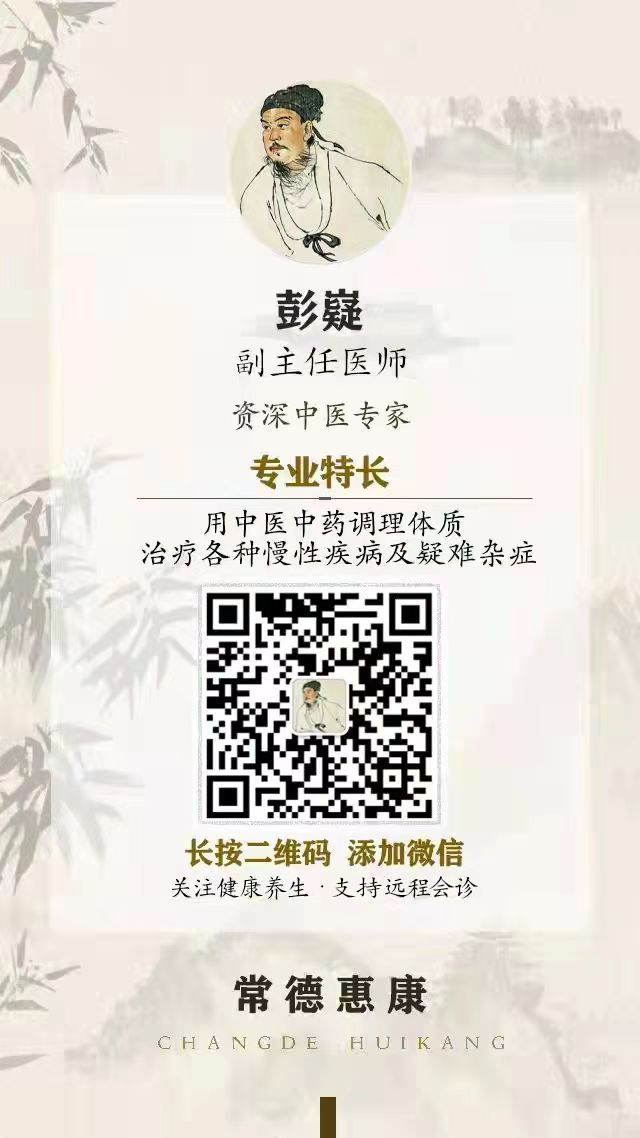
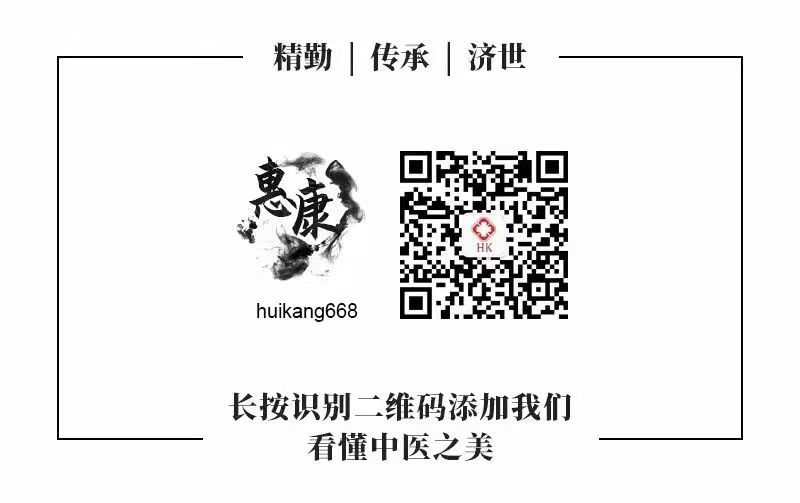
Previous Highlights
1. What is the difference between Blood Deficiency and Yin Deficiency?
2. Four Basic Manifestations of Qi and Blood Insufficiency
3. Why do people with Liver Qi Stagnation easily develop nodules?
4. Why do the legs feel cold, and why do warming Yang medications have no effect?
5. If stomach issues persist, it may be a problem with the Liver!
6. How does Traditional Chinese Medicine understand the issue of cardiovascular blockage?

